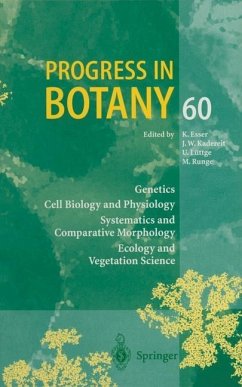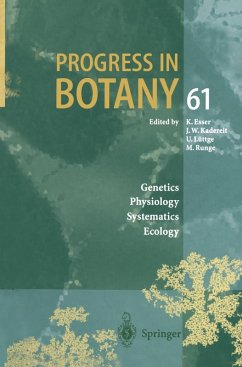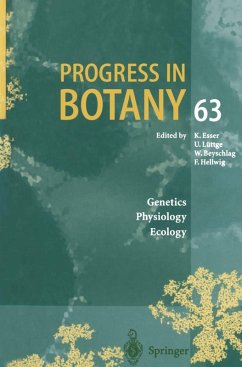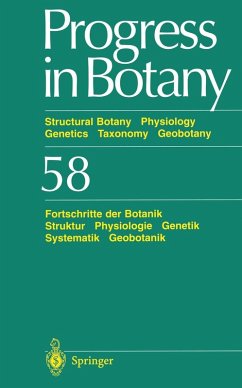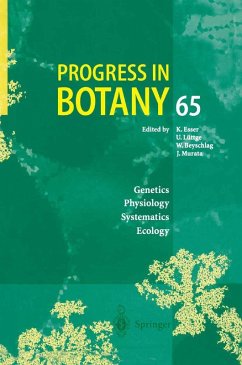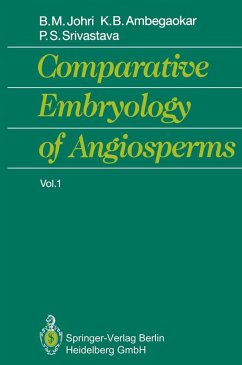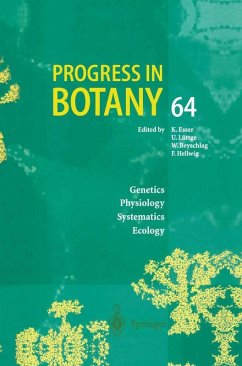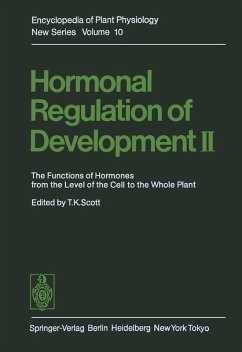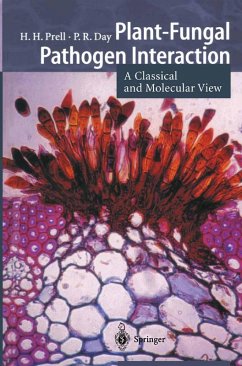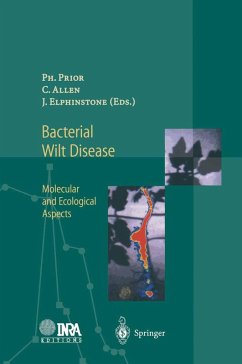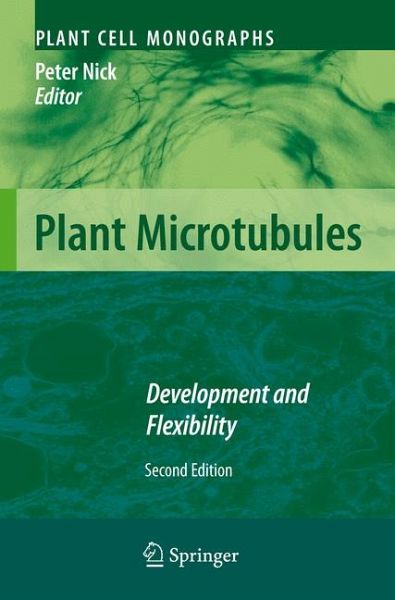
Plant Microtubules (eBook, PDF)
Development and Flexibility
Redaktion: Nick, Peter
Versandkostenfrei!
Sofort per Download lieferbar
112,95 €
inkl. MwSt.
Weitere Ausgaben:

PAYBACK Punkte
56 °P sammeln!
Plant microtubules are key elements of cell growth, division and morphogenesis. In addition to their role in plant development and architecture, they have emerged as regulatory elements of signalling and important targets of evolution.Since the publication of the first edition of Plant Microtubules in 2000, our understanding of microtubules and their manifold functions have advanced substantially. Consisting of the following three parts, this book highlights the morphogenetic potential of plant microtubules from three general viewpoints: Microtubules and Morphogenesis: control of cell axis dur...
Plant microtubules are key elements of cell growth, division and morphogenesis. In addition to their role in plant development and architecture, they have emerged as regulatory elements of signalling and important targets of evolution.
Since the publication of the first edition of Plant Microtubules in 2000, our understanding of microtubules and their manifold functions have advanced substantially. Consisting of the following three parts, this book highlights the morphogenetic potential of plant microtubules from three general viewpoints: Microtubules and Morphogenesis: control of cell axis during division and expansion, cross-talk with actin filaments, mechanical properties of the cell wall. Microtubules and Environment: the role of microtubules during the sensing or response of environmental factors such as pathogens or abiotic stresses. Microtubules and Evolution: complexity and specialization of plant microtubules in the context of plant evolution.
The book is an invaluable source of information for researchers as well as for graduate and advanced students.
Since the publication of the first edition of Plant Microtubules in 2000, our understanding of microtubules and their manifold functions have advanced substantially. Consisting of the following three parts, this book highlights the morphogenetic potential of plant microtubules from three general viewpoints: Microtubules and Morphogenesis: control of cell axis during division and expansion, cross-talk with actin filaments, mechanical properties of the cell wall. Microtubules and Environment: the role of microtubules during the sensing or response of environmental factors such as pathogens or abiotic stresses. Microtubules and Evolution: complexity and specialization of plant microtubules in the context of plant evolution.
The book is an invaluable source of information for researchers as well as for graduate and advanced students.
Dieser Download kann aus rechtlichen Gründen nur mit Rechnungsadresse in A, B, BG, CY, CZ, D, DK, EW, E, FIN, F, GR, HR, H, IRL, I, LT, L, LR, M, NL, PL, P, R, S, SLO, SK ausgeliefert werden.



